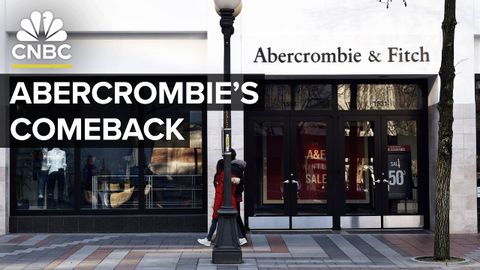曾跌到谷底的 A&F 逆流而上,股價上漲超過 500% (How Abercrombie Pulled Off One Of Retail’s Biggest Comebacks)
VoiceTube 發佈於 2024 年 06 月 19 日  沒有此條件下的單字
沒有此條件下的單字US /ˈkɑnˌtɛnt/
・
UK /'kɒntent/
- adj.滿足的;滿意的
- n. (c./u.)內容;主題;內容;滿意;內容 (數位);含量
- v.t.使…滿足
- v.i.同意
US /ˌɑpɚˈtunɪti, -ˈtju-/
・
UK /ˌɒpə'tju:nətɪ/
- n. (c./u.)機會;時機;良機;工作機會;商機
US /ˈævərɪdʒ, ˈævrɪdʒ/
・
UK /'ævərɪdʒ/
- n. (c./u.)平均
- v.t.算出...的平均數
- adj.平均的;一般的,通常的;中等的
US /ˈɔdiəns/
・
UK /ˈɔ:diəns/
